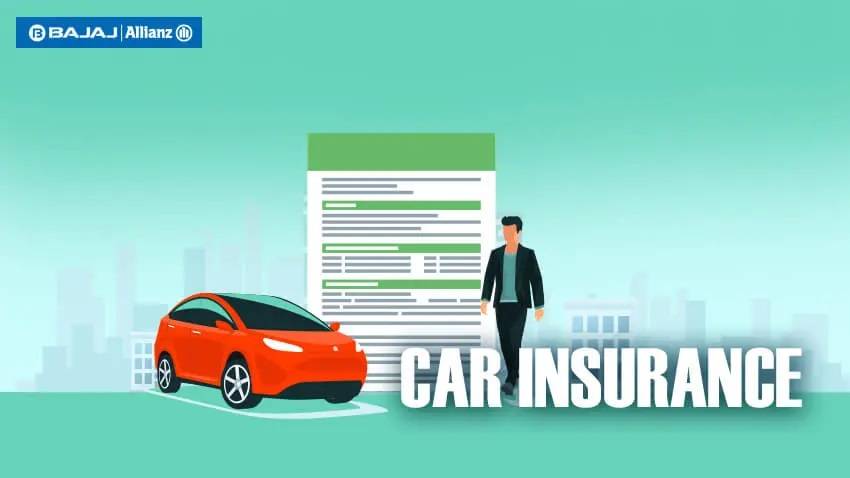Pay A Fair Price For Car Insurance With These Plans And Add-on Schemes
Modified On Dec 21, 2022 02:22 PM By CarDekho
- Write a comment

With a slew of new models coming in and launches happening every week, time is finally ripe to buy a new car. Moreover, carmakers are easing up on festive season and year-end markdowns after a harrowing pandemic year. Despite longer than usual delivery timelines, automakers in India are utilising improving global supply chains to deliver cars as quickly as possible to their customers.
If you’re planning to buy a car soon, in addition to making EMI and running cost calculations, it’s advisable to factor in insurance costs as well. After all, insurance isn’t just a mandatory requirement for showing to the next cop that asks for your documents, it’s a safety net that protects you and can even help save your life in case of a mishap. *
Here are all the factors you can consider that ensure you pay a fair price for coverage, including ways to reduce the cost of premiums to match your driving habits. *
*Standard T&C Apply
What to do if you don’t drive much?

Let’s take a look at the first case – you own a car but don’t use it that much. An idle vehicle shouldn’t be a drain on your savings, and a regulatory policy from the pandemic era can be of help here. The IRDAI (Insurance Regulatory and Development Authority of India) came up with a ‘pay as you go’ sandbox policy that allows you to pay for coverage based on how much you use your car. You can read more about it by visiting the official website of IRDAI.
The base policy still meets the mandatory third-party coverage, but you can pay for the coverage for own damage based on how frequently you use the car and how far you drive. Several insurance company apps also allow you to track the kilometres driven and even allow you to ‘switch off’ own damage coverage on the days when you won’t be using the car. *
If you prefer to use public transport more, or primarily work from home, such an insurance plan can help reduce the overall cost of coverage of your car insurance policy. *
Manage your deductible
The deductible is how much you’re willing to share the cost of damage with your insurance provider. You can always choose to have no deductible, in which case your insurance provider will cover the entire cost of damage in case of an accident, but it does come at a higher premium cost.
To save on insurance costs, you can increase your deductible, depending on how you drive (how likely you are to get into an accident) and how much you can spend on your car’s repairs, if an accident does happen. For example, if you live in a place with less traffic and earn a salary, it might be practical to opt for a higher deductible on your car’s insurance.
Perks of being a safe driver
If you’re a careful driver who follows traffic rules, your insurance provider can reward you for it. The ‘pay how you drive’ model is a recent change to the insurance norms, allowing your insurance provider to track your driving habits. This change goes further than the ‘no-claim bonus’ policy that rewards you for not using insurance at the end of the year’s billing cycle. It lets safe drivers pay lower premiums, incentivising good traffic behaviour. *
Maximise your no-claim bonus
The good-old no-claim bonus can significantly reduce your insurance costs, provided you’re a safe driver. According to the regulations, if you don’t get into a crash for a full year, you’re eligible for a 20 per cent markdown on your car insurance renewal premium. *
Moreover, if you continue to not to use insurance, the amount of concession you’re eligible for keeps going up – 25 per cent for the second year, 35 per cent for the third year, 45 per cent in the fourth year and a whopping 50 per cent after the fifth year. Remember, if you have to use insurance even once during this time, the no-claim bonus is nullified. A no-claim bonus coverage can be added optionally to your policy to prevent bad luck from increasing your insurance premiums. *
Fender-benders and slight dings are common in Indian driving conditions, but instead of accumulating the dents and getting them repaired by the insurance company, it’s advisable to be more careful and get these small dings repaired out-of-pocket instead. In addition, when you switch to a new vehicle, remember to transfer the no-claim bonus to the new car to keep your good fortune going.*
* Standard T&C Apply
What to do if you own multiple cars?
If you have a second car, you don’t have to pay the standard premium rates for each car separately. Instead, your insurance provider can offer a motor floater policy that allows you to insure multiple cars under a single plan, reducing the cumulative amount you spend on insurance.
Insurance can be hard to comprehend and complicated, which is why it’s important to read the fine print and talk to your insurance agent before deciding on a plan or switching to a new one. In conclusion, car insurance can help you out in a bad spot, but it doesn’t have to be a drain on your savings. With a bit of awareness and good driving manners, you can reduce how much you have to pay to stay covered. *
*All savings are provided by the insurer as per the IRDAI-approved insurance plan. Standard T&C apply.
Insurance is the subject matter of solicitation. For more details on benefits, exclusions, limitations, terms, and conditions, please read the sales brochure/policy wording carefully before concluding a sale.










